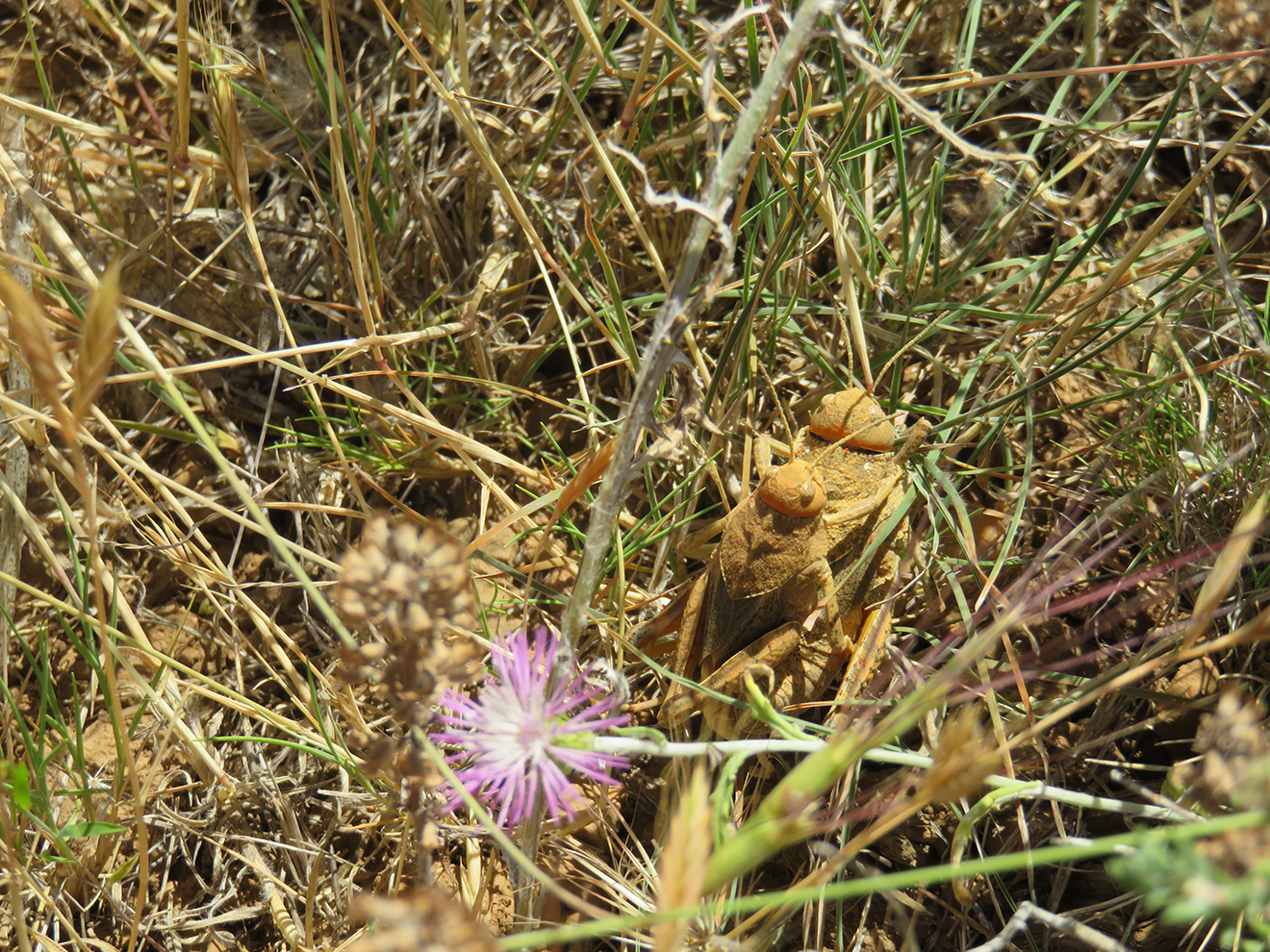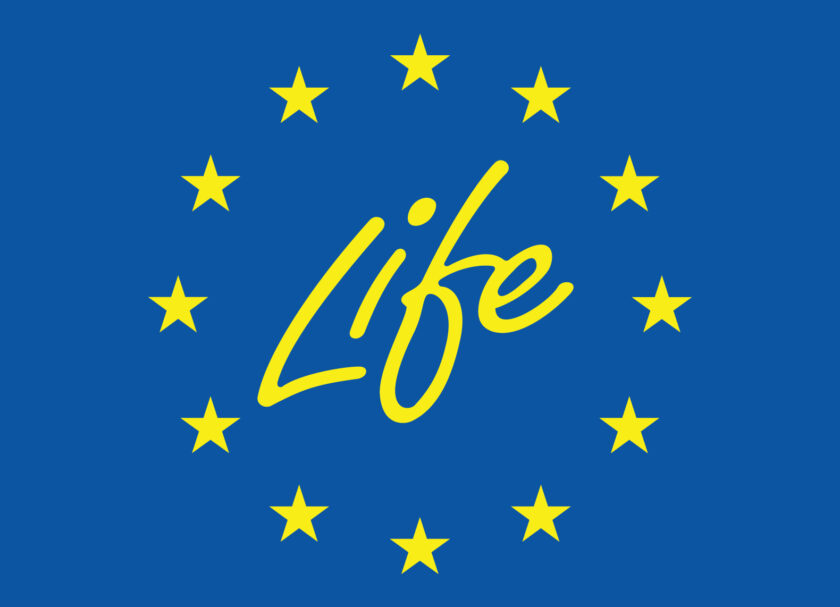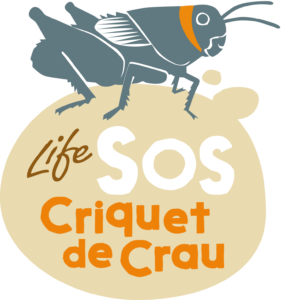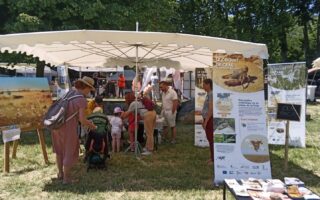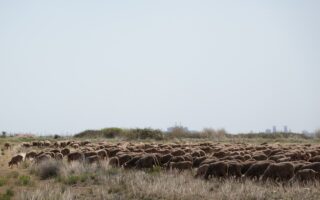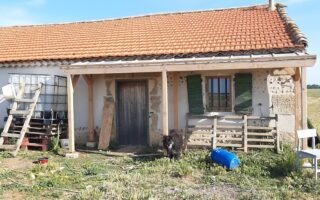
« New skin » for the Peau de meau shepherd’s… continued
Managing the Crau Plain Grasshopper habitat, which is one of the LIFE project’s main objectives, partly involves improving the living and working conditions of the Crau’s shepherds, as the presence of the latter on site ...
